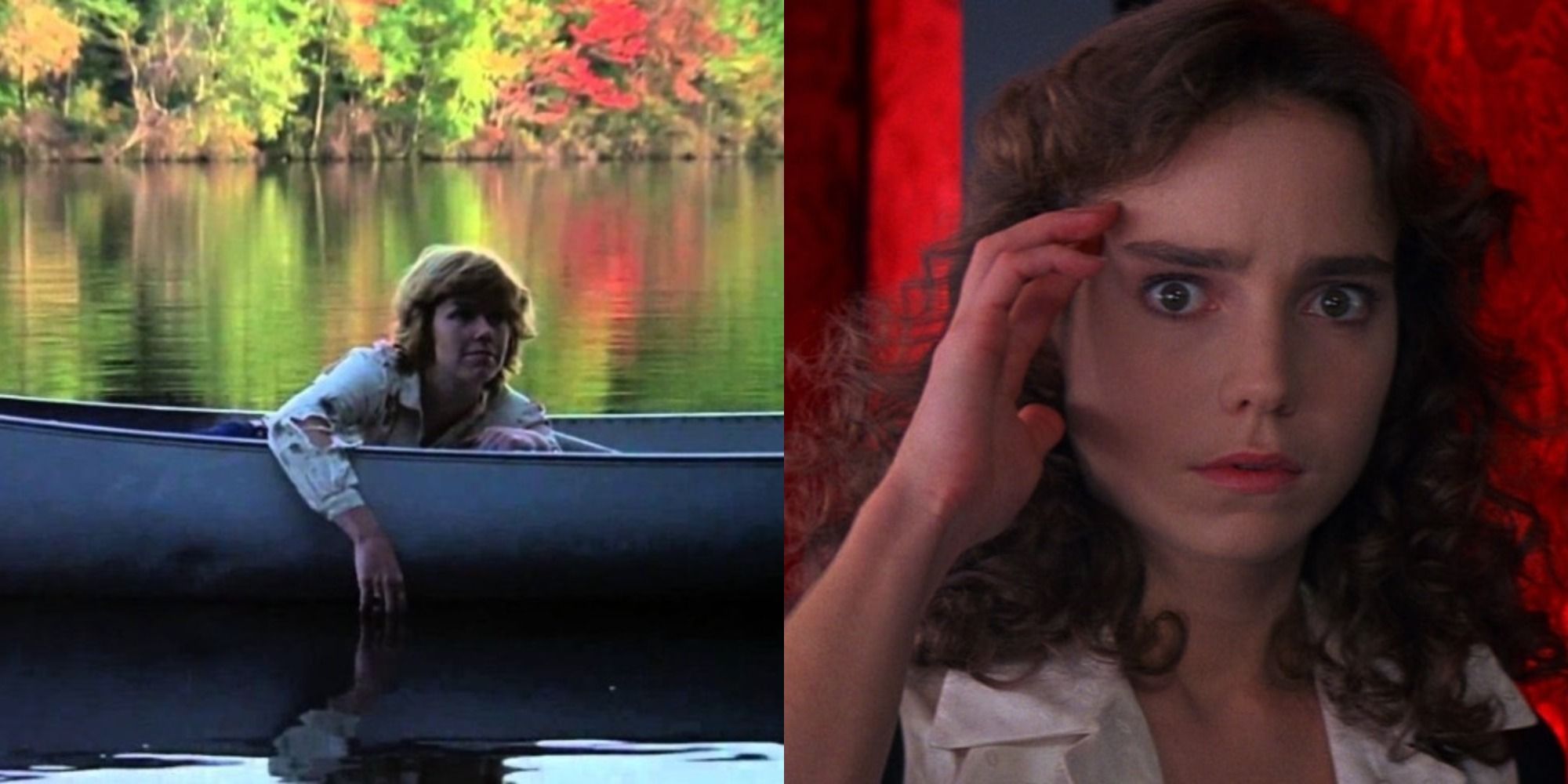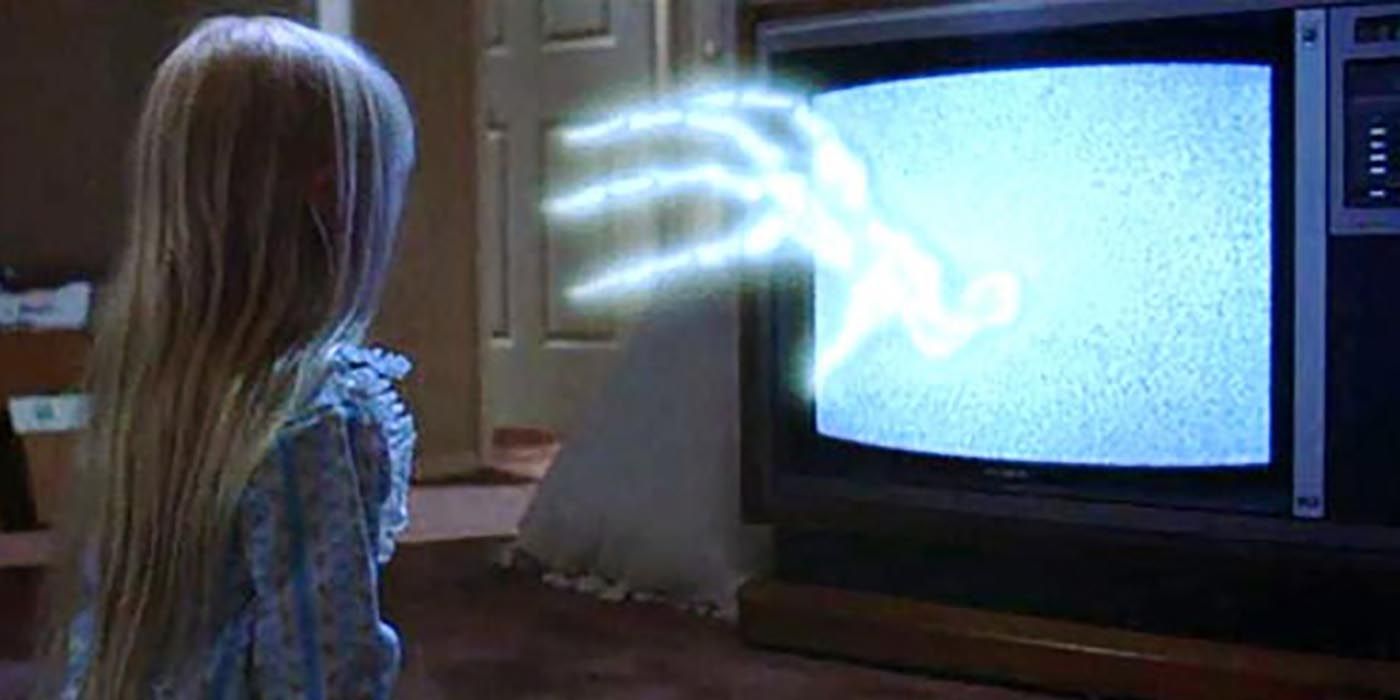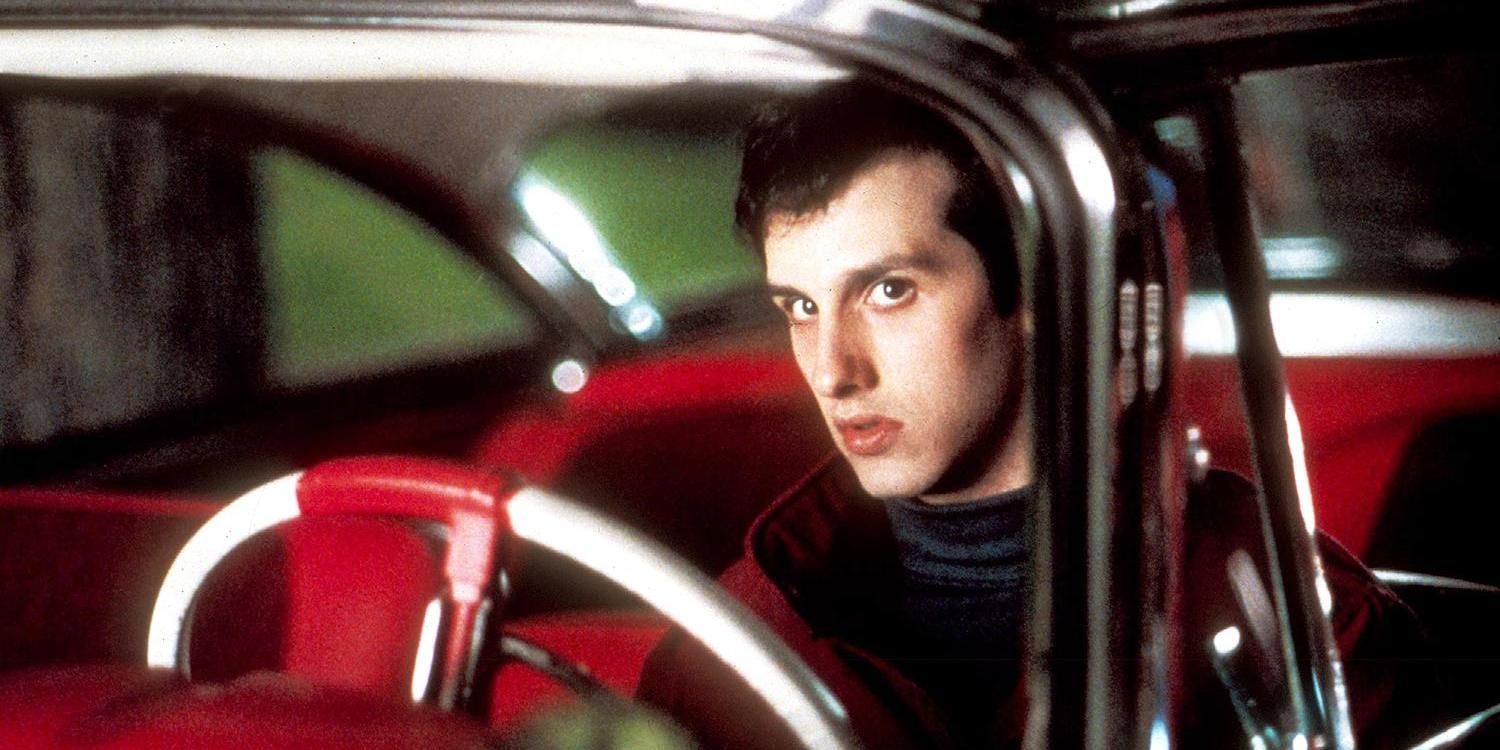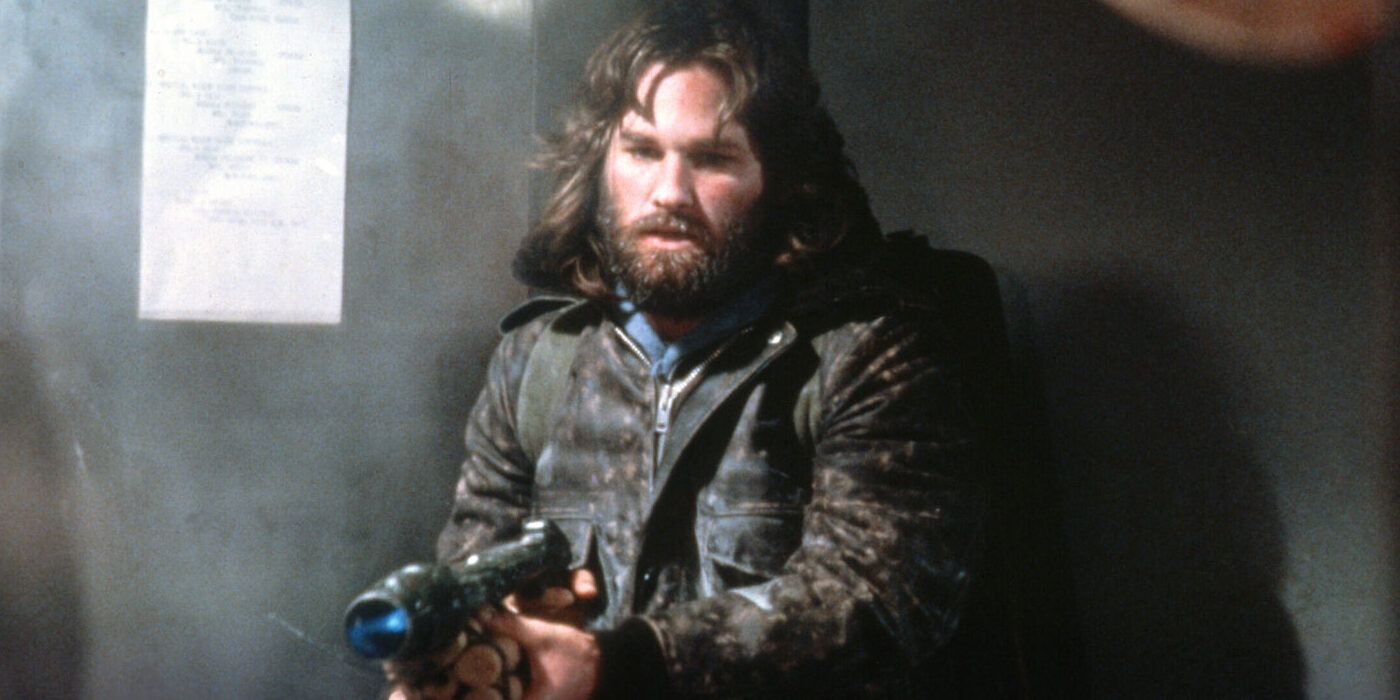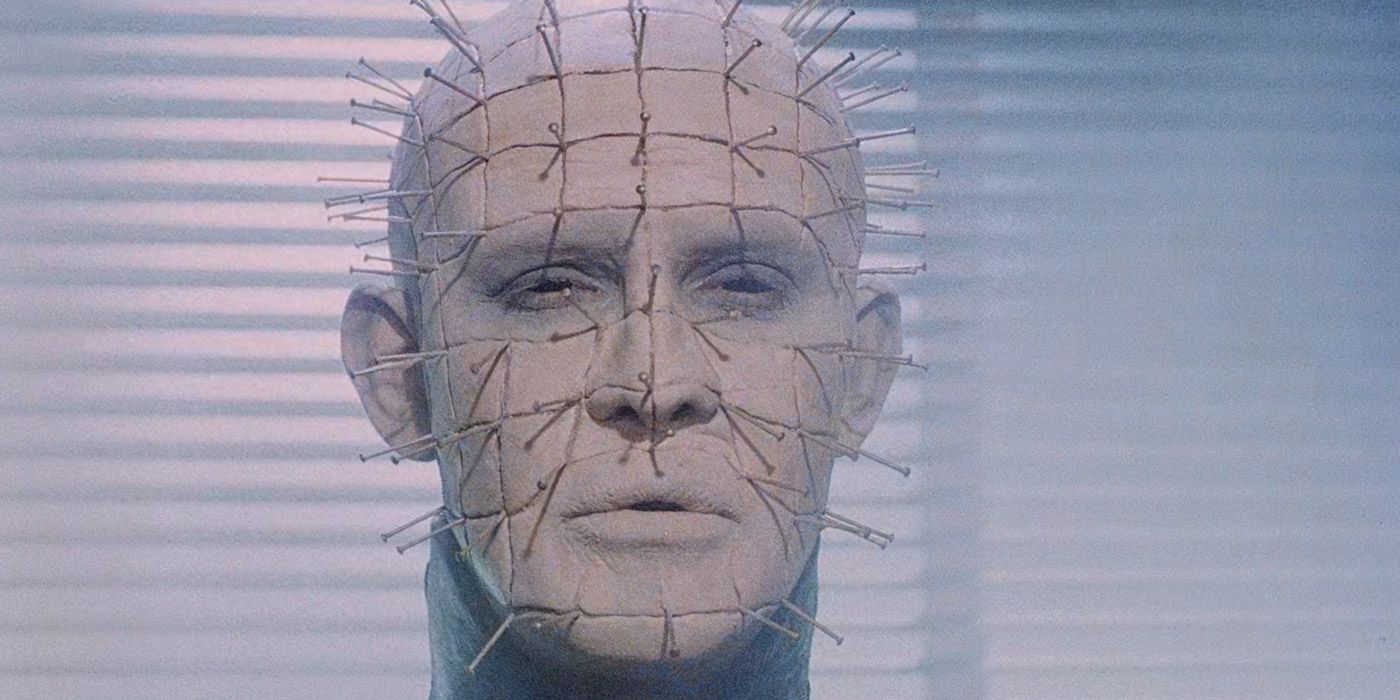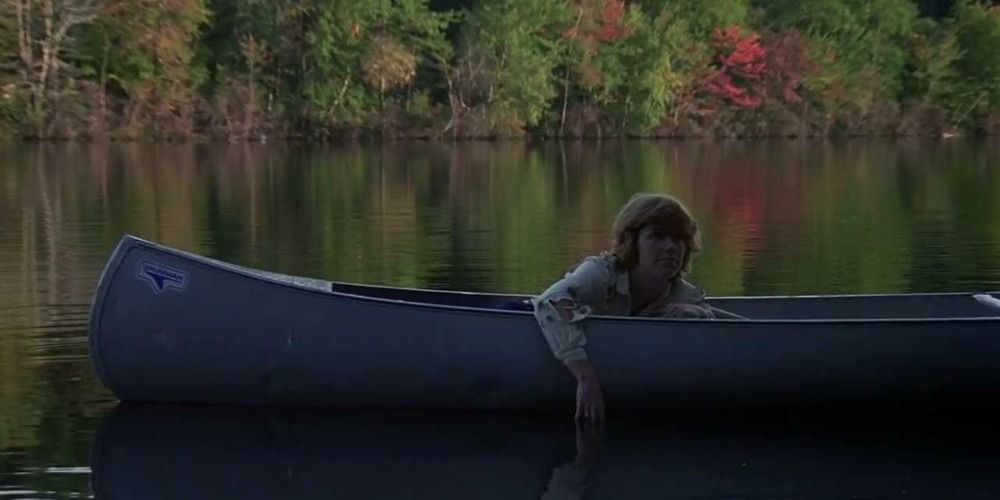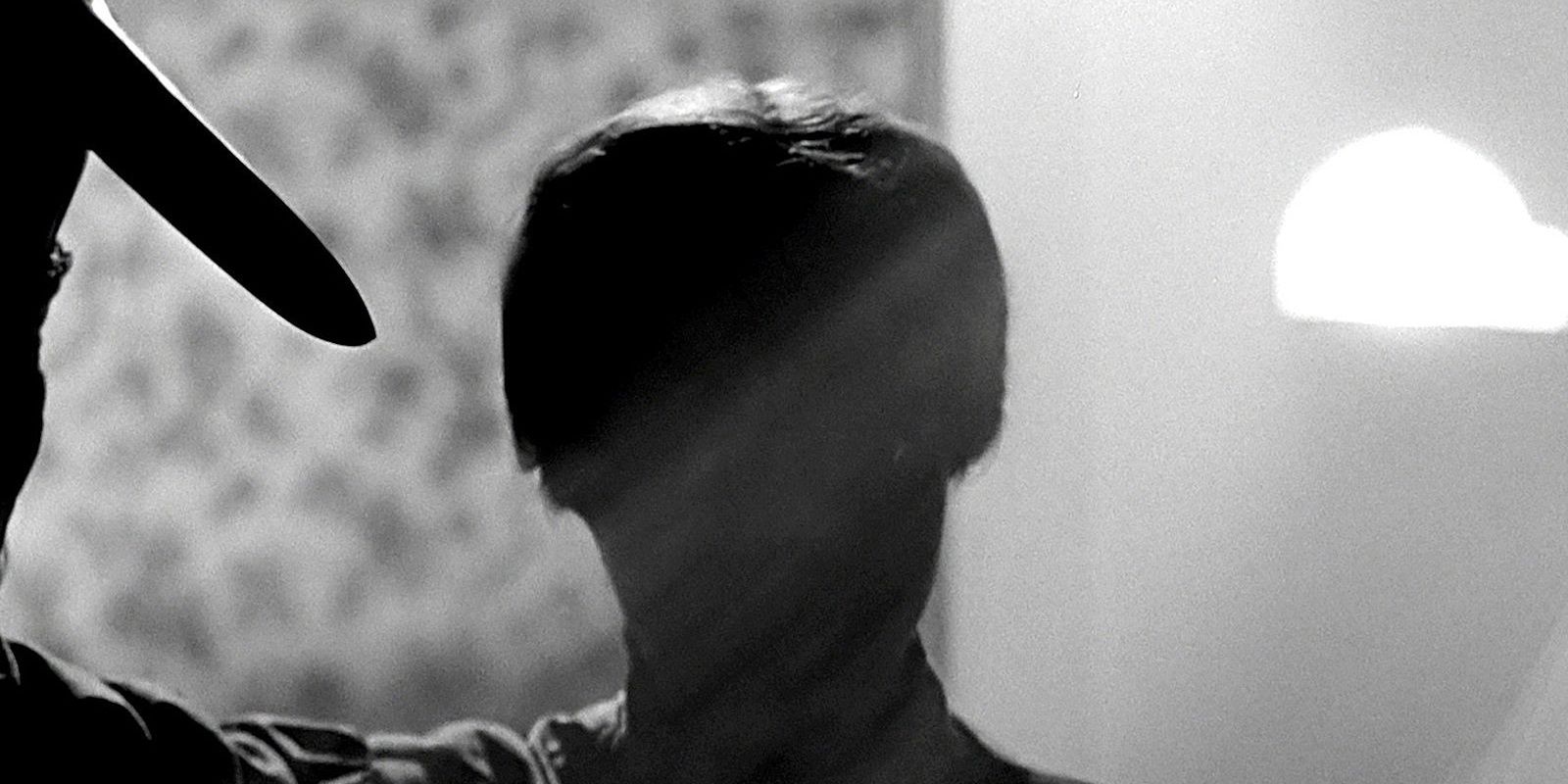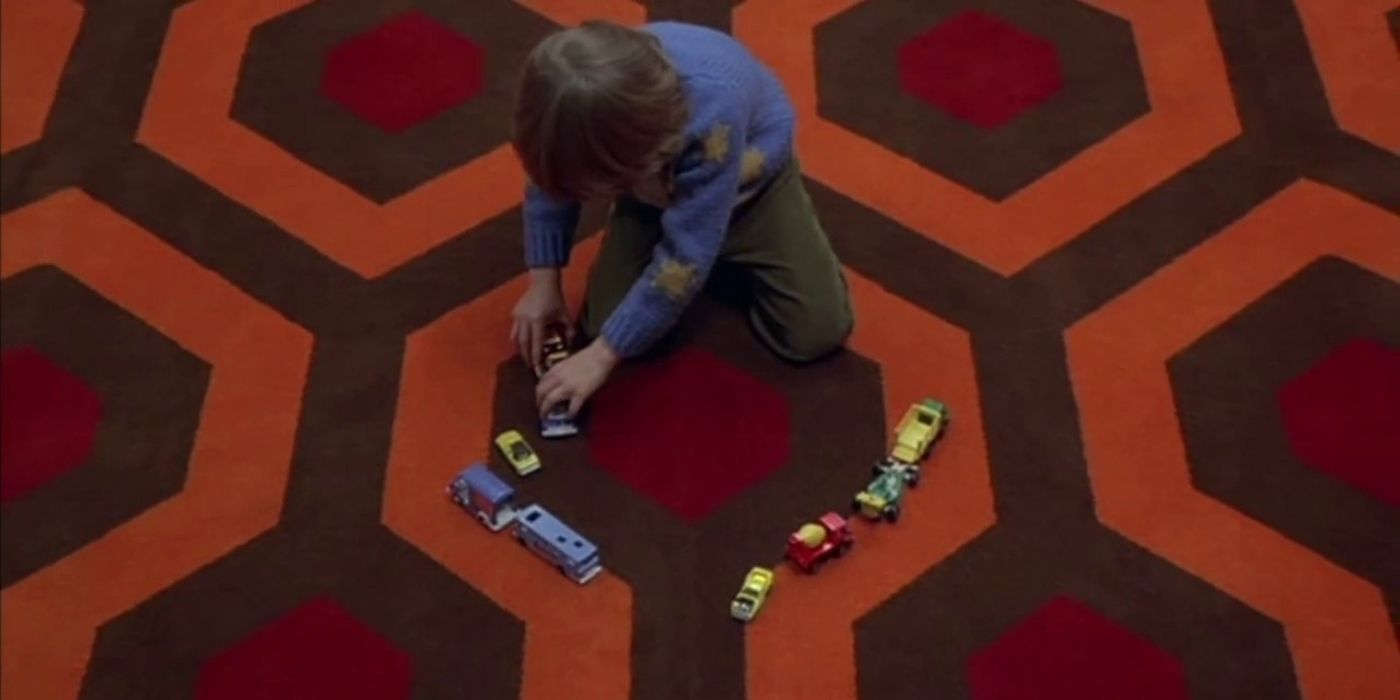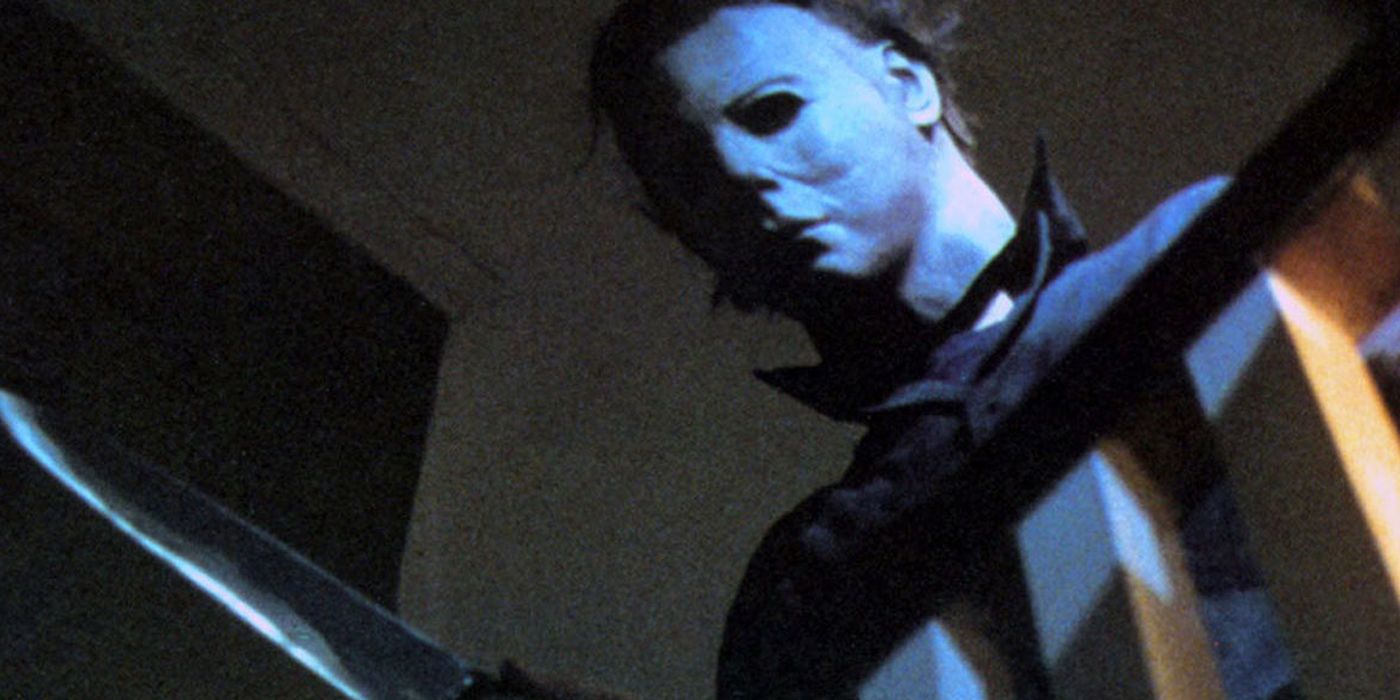While many horror movies rely on sharp cues to startle the audience, a great horror movie needs music to match the scares. And there are many composers that have created memorable if not outright masterful horror movie scores in the past century.
Themes in these soundtracks can increase a scene's impact. Then, there are scenes that almost require the music for the full effect. The best horror movie scores can also stand on their own and be listened to outside the experience of watching the film.
Poltergeist - Jerry Goldsmith (1982)
Jerry Goldsmith's score for Poltergeist is perfect for its dreamlike suburban setting. It's hopeful -- as if the American Dream is right around the corner. Yet the score also contains an undercurrent of foreboding dread.
Then, when Carol Anne is taken, it shifts to a darker gear but retains the dreamlike tone. The musical cues play well in any given tense scene, beckoning the viewer towards the thought that Carol Anne is nowhere in sight and most certainly not safe.
Suspiria: Goblin (1977)
Suspiria is similar to The Conjuring 3 in that its ethereal score heavily alludes to malicious forces. Goblin's score, however, is utterly unique in how it conveys the theme of witchcraft. With breathy, ominous whispers, it's outright terrifying.
The Italian rock band's sound then moves into the repetition of what sounds like a coin dropping into an endless puddle before reverting to the whispers. Viewers would find the movie scary regardless, but the combination of the lurid imagery with Goblin's music makes it unforgettable.
Christine: John Carpenter & Alan Howarth (1983)
John Carpenter's score for Christine has two distinct sections. The first (primarily seven-note) melody masterfully conveys the loneliness of the lead character, Arnie Cunningham. Then, the music moves from turmoil to a harder approach.
Carpenter's affinity for rock and roll is obvious throughout many of his movies (particularly the latter entries). Christine has arguably the best example of this as the electric guitar takes over, effectively signaling that the car is now in control. In essence, the score represents both parts of Cunningham, the restrained loner and the part that allows himself to become one with Christine.
The Thing: Ennio Morricone (1982)
John Carpenter's The Thing is frequently deemed one of the best horror remakes of all time. It also has a chilling and restrained score from Ennio Morricone (The Good, the Bad, and the Ugly).
The simple two-note percussion gives the viewer the sense that they, like the characters, are trapped in Antarctica. It goes a long way to establishing the film's drastically escalating tension. Just as the theme (which also inspires hopelessness) plays towards the beginning of the film, it also sets the ominous tone of The Thing's final scene. The script provides no true hints if survivors MacReady and Childs are actually a Thing, and the score seals the anonymity.
Hellraiser: Christopher Young (1987)
Christopher Young's flowing and beautiful score for Hellraiser is an impeccable contrast to the film's gory and graphic imagery. It invites the viewer into a waking dream of greed and fear.
The music in Hellraiser makes a strong impact because it is unlike any other horror theme. The movie's soundtrack doesn't rely on screeching violin musical cues for scares but rather allows the music to intensify the poignancy of what's on-screen. This is most prominently seen when Frank Cotton emerges from the attic floorboards and undergoes his transformation back to human form.
Friday The 13th: Harry Manfredini (1980)
Harry Manfredini's Friday the 13th score has more merit than just his iconic franchise beat, "Ki-ki-ki. Ma-ma-ma." The "End Theme," where Alice Hardy rests in the canoe just before Jason leaps from the water, is also impeccable.
The sequels to the movie tried to divert the iconic stalking sound, and Manfredini even did another similar end theme for Friday the 13th Part II. Even still, none of them captured the feeling of being trapped alone in the woods (or the feeling of having survived a nightmare) quite like the original.
Psycho: Bernard Herrmann (1960)
According to Britannica, Bernard Herrmann composed the music for Psycho's infamous shower scene by combining violins, cellos, and violas. The combination would ring out over the soundtrack with each thrash of Norman Bates knife, resulting in one of the most notorious and iconic cinematic sounds of all time.
Herrmann's score for the whole film is beautiful, but it's the theme that plays during Marion Crane's final scene that has become part of the pop culture lexicon. It only serves to seal the scene as one of the most shocking character deaths in horror movies.
The Shining: Wendy Carlos & Rachel Elkin (1980)
One of the things that makes Stanley Kubrick's The Shining a Halloween movie with plenty of rewatch value is its entrapping score. The music makes the Overlook Hotel feel like a real place just as much as the film's hypnotic camera movements.
Music plays a big part in the effect of The Shining. It indicates a ghostly presence but stops short of conveying outright horror. However, the electronic piece that plays over the film's main titles is possibly the most direct warning a horror film's theme could relay to an audience. It says that this family is traveling far away, towards what appears to be an isolated area, and something is either wrong or going to be.
Jaws: John Williams (1975)
It's not easy to capture the lurking presence of a shark in music yet John Williams did it to great effect in Jaws. It's far from a flashy piece of music, with the composer allowing merely two notes to serve as a hair-raising warning of the shark's approach.
Those two bass tones were enough to make audiences genuinely afraid to go into the ocean for decades. While every piece in Jaws' soundtrack is note-perfect for its given scene, the film's main theme is arguably the most pop-culture-referenced of all time. Even those who haven't seen Jaws have heard the "dun-dun ... dun-dun" sound, and know exactly what it means.
Halloween: John Carpenter (1978)
The Silver Shamrock theme from Halloween III: Season of the Witch is iconic in its own right, but it's John Carpenter's original composition that stands as horror's best theme.
Without the creepy piano melody, Halloween wouldn't be nearly as effective as it is. Everything from the main title sequence to the movie's biggest scares is benefitted by Carpenter's music. Furthermore, "Laurie's Theme" is also a haunting yet peaceful tune that perfectly accompanies the movie's fall surroundings.

